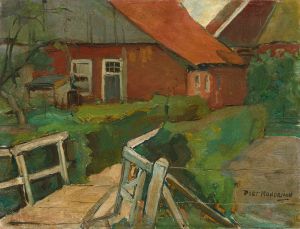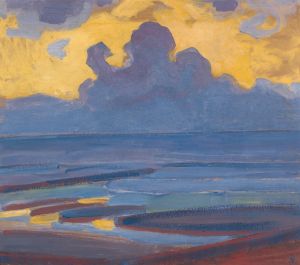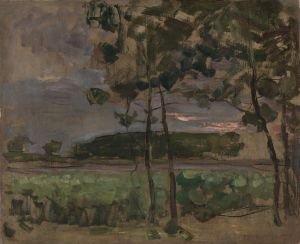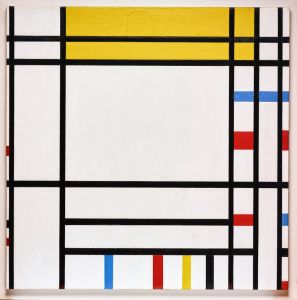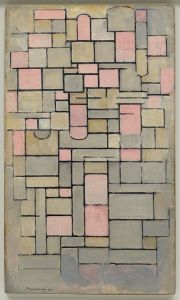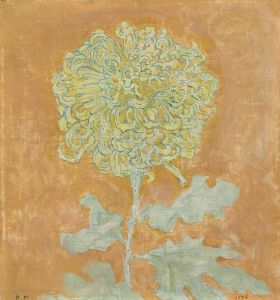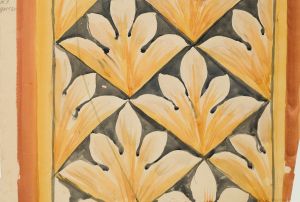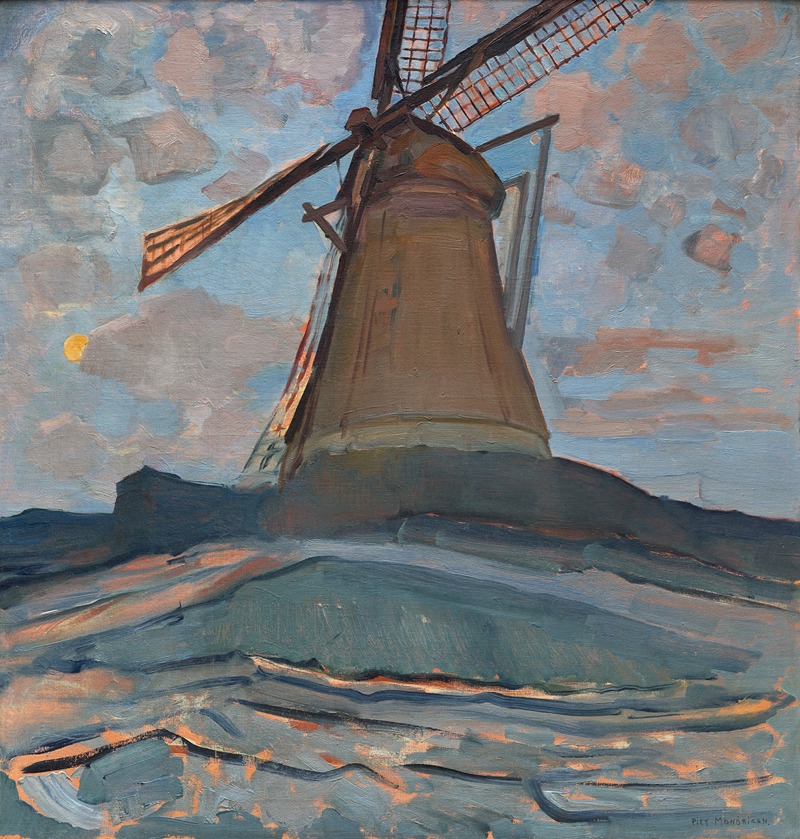
Windmill
A hand-painted replica of Piet Mondrian’s masterpiece Windmill, meticulously crafted by professional artists to capture the true essence of the original. Each piece is created with museum-quality canvas and rare mineral pigments, carefully painted by experienced artists with delicate brushstrokes and rich, layered colors to perfectly recreate the texture of the original artwork. Unlike machine-printed reproductions, this hand-painted version brings the painting to life, infused with the artist’s emotions and skill in every stroke. Whether for personal collection or home decoration, it instantly elevates the artistic atmosphere of any space.
Piet Mondrian, a Dutch painter renowned for his contribution to the De Stijl art movement, is best known for his abstract works characterized by geometric forms and primary colors. However, before Mondrian developed his signature style, he created several works that depicted more representational subjects, including landscapes and windmills, which are iconic elements of the Dutch countryside.
One of Mondrian's early works, "Windmill," reflects his initial artistic phase, where he was influenced by the naturalistic and impressionistic styles prevalent during the late 19th and early 20th centuries. During this period, Mondrian's work was heavily inspired by the Dutch landscape, and he often painted scenes that included windmills, a common sight in the Netherlands. These early paintings are characterized by a more traditional approach, with a focus on capturing the essence of the natural world.
"Windmill" by Piet Mondrian is an example of his exploration of light, color, and form before he transitioned into his more abstract phase. In these early works, Mondrian experimented with different techniques and styles, gradually moving away from the detailed representation of subjects towards a more simplified and abstract approach. This transition is evident in the way he began to use color and form to express the underlying structure of the natural world, rather than its surface appearance.
Mondrian's windmill paintings often feature a muted color palette, with soft blues, greens, and earth tones, capturing the serene and pastoral quality of the Dutch landscape. The composition typically centers around the windmill, which serves as a focal point, drawing the viewer's eye and providing a sense of balance and harmony within the scene. The windmill itself is often depicted with a sense of solidity and permanence, contrasting with the fluidity of the surrounding landscape.
These early works, including "Windmill," are significant in understanding Mondrian's artistic evolution. They illustrate his initial engagement with the natural world and his gradual shift towards abstraction. By studying these paintings, one can trace the development of Mondrian's thought process and his growing interest in the underlying principles of form and color that would later define his mature style.
As Mondrian's career progressed, he moved away from depicting recognizable subjects like windmills and landscapes, instead focusing on pure abstraction. This shift was influenced by his involvement with the De Stijl movement, which emphasized simplicity, abstraction, and a reduction of form to its essential elements. Mondrian's later works, characterized by grids of vertical and horizontal lines and the use of primary colors, became iconic representations of this movement.
In summary, "Windmill" by Piet Mondrian is an important piece that marks the early phase of his artistic journey. It reflects his initial exploration of naturalistic themes and his gradual transition towards abstraction. This painting, along with other similar works from the same period, provides valuable insight into Mondrian's development as an artist and his eventual emergence as a leading figure in the world of abstract art.





